Violet (Violaceae)
Crowfoot Violet
Viola pedatifida G. DonThe flowers of this perennial have no noticeable floral scent, but draw in pollinators with their nectar guides. They attract bees (particularly queens), butterflies (and some larvae), skippers, and some flies. Because their pollinators are not always abundant, they also produce special flowers that remain closed, and self-pollinate within the bud. Natural wildfire can be beneficial to this species, by helping remove dead vegetation that can otherwise smother the plants.
Flower Colour:
- Purple
Flowering Season:
- Spring
- Summer
Flowering Months:
- April
- June
- May
Canadian Rarity Status:
Not rare. Listed as “sensitive” in Saskatchewan, and “may be at risk” in Alberta and Ontario.
Physical Appearance:
Long-stalked basal leaves are fan-shaped, divided into deeply lobed leaflets, and occur in a rosette of 3-10. Leafless flowering stems grow 5-22 cm tall from the basal leaves and curve downwards at the solitary flowers/buds. Each flower has two rounded upper petals, two hairy side petals, a central basal petal with dark nectar guides, and is backed by five pointed green sepals. Fruits are capsules containing numerous small brown seeds.
Similar Species:
Early Blue Violet (Viola adunca Sm.)
Gardening Notes:
Seeds and/or plants are often available from greenhouses and seed supply companies specializing in native plants. Can be propagated by seed or dividing plants.
Canadian Distribution:
- Alberta
- Manitoba
- Ontario
- Saskatchewan
Prairie Types:
- Fescue Prairie
- Mixed Grass Prairie
- Tall Grass Prairie
Habitats:
- Exposed Banks
- Open Woodlands
- Prairies
- Savannahs
Moisture Conditions:
- Moderate
- Moist
Light Preference:
- Full Sun
- Part Shade
Soil Preference:
- Clay
- Organic
- Silt







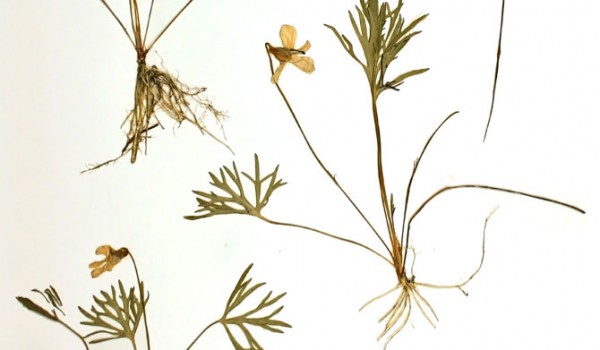
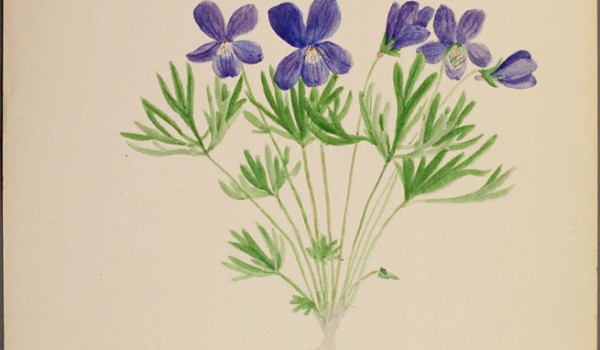
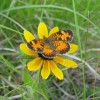 Brush-footed Butterflies (
Brush-footed Butterflies (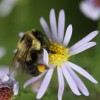 Bumble, Honey, and other Bees (
Bumble, Honey, and other Bees (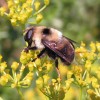 Flower Flies (
Flower Flies (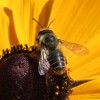 Leafcutter and Mason Bees (
Leafcutter and Mason Bees (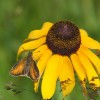 Skippers (
Skippers (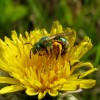 Sweat Bees, Halictid Bees and other Bees (
Sweat Bees, Halictid Bees and other Bees (